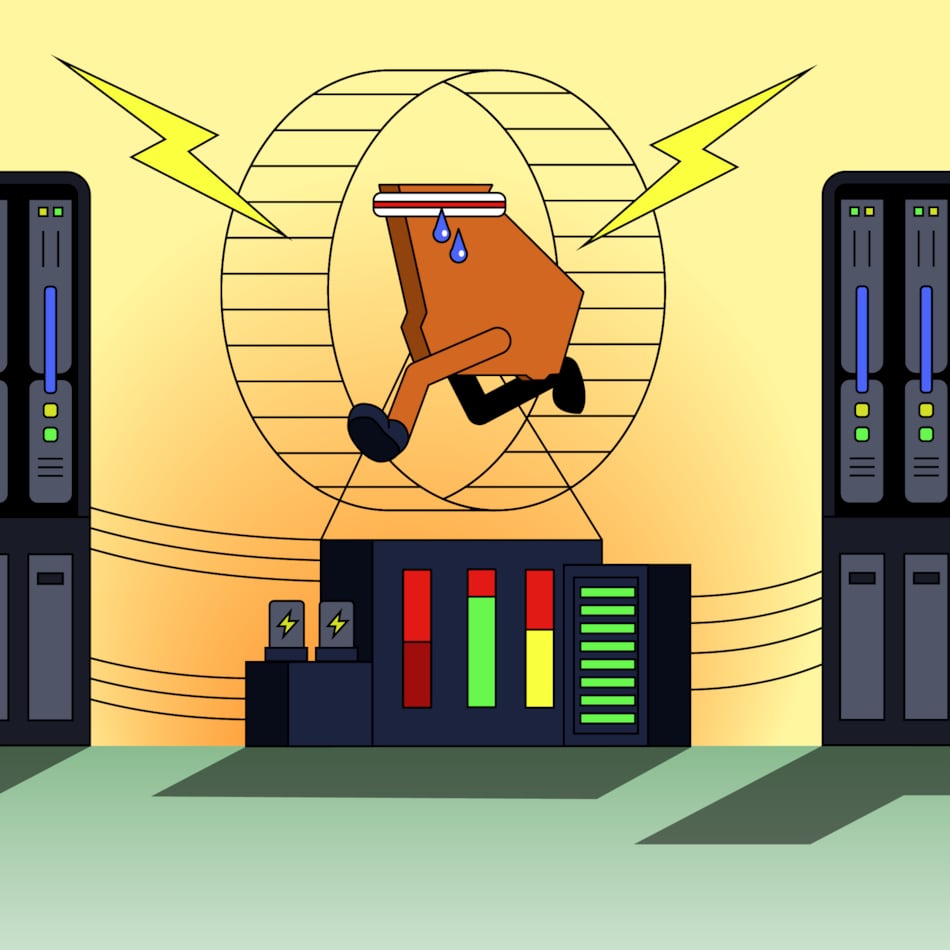Vacancy is up again in Atlanta’s office market. So why are buildings fetching such a decent price per square foot?
Call it the “screwy relationships” that develop at the bottom of real estate markets, said Chris Macke, a senior real estate strategist in Washington with real estate services firm CoStar Group.
Even though Atlanta's vacancy rate was still high at 17.6 percent at the end of third quarter, few top quality buildings are on the market, which increases demand for them, he said.
“There’s more money looking for deals but at the same time, there aren’t as many deals on market, so it’s just skewing things,” Macke said. “It’s almost an artificial environment on the sales side.”
The disconnect means while rental rates still are relatively low for rental tenants, “nice buildings” are selling for a decent price per square foot to investors, under the right conditions.
Those conditions include buildings that are in a desirable submarket, like Central Perimeter, Alpharetta, Galleria or intown, have a high occupancy rate and strong tenants.
CoStar lists 42 buildings that sold in the first half of 2010; there is a lag on getting information for third quarter sales, Macke said.
Two examples: 6340 Sugarloaf Parkway, a Duluth office building, sold for $16 million, or $154.23 per square foot, while Vinings Main, a mixed-used commercial and condominium project, sold for $24 million, or $142.30 per square foot.
Macke’s research showed the most expensive price ever paid for an Atlanta building was $436 million for Bank of America Plaza at 600 Peachtree Street. That sale, made in 2006, equated to about $348 per square foot. In March, Camp Creek Medical Center sold for $242.67 per square foot, or $19.6 million, a healthy price, Macke said.
Another trend reflected the movement away from the suburban towards the more urban markets. The vacancy rate in the suburban markets increased to 18.2 percent in the third quarter, while Buckhead, Midtown and downtown all saw their vacancy rates decrease slightly.
Macke explained that urban parking tends to be more expensive, so a robust economy favors suburban markets where parking is cheaper if not free. With a weaker economy, companies can afford intown parking because rents are cheaper, Macke said.
About the Author
Keep Reading
The Latest
Featured


